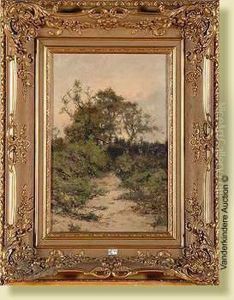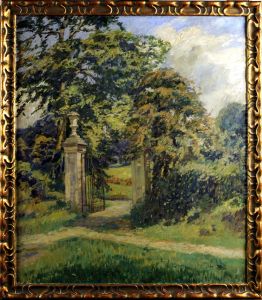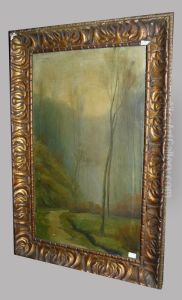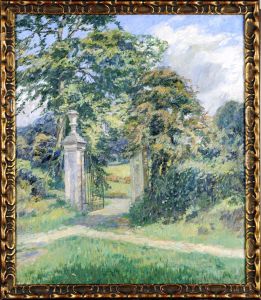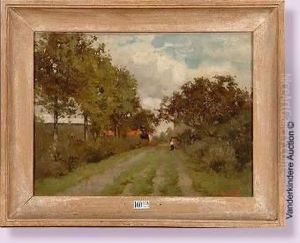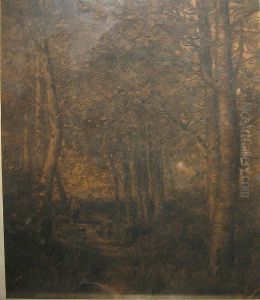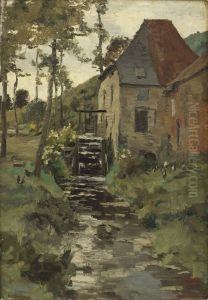Adolphe Jean Hamesse Paintings
Adolphe Jean Hamesse was a Belgian artist and architect, born in 1864 and passed away in 1938. His career spanned the turn of the 20th century, a period marked by rapid changes in art and architecture. Hamesse was primarily known for his contributions to Art Nouveau, a movement that sought to break away from the academic art of the 19th century and emphasized organic and plant motifs, as well as geometric forms.
Hamesse's work was deeply influenced by the prevailing Art Nouveau style in Belgium, which was popularized by architects and designers such as Victor Horta and Henry van de Velde. He was adept in various artistic domains, including painting, interior design, and particularly in architecture, where he made significant contributions to the Art Nouveau movement in Belgium. His architectural projects often featured innovative use of materials, organic forms, and intricate details, embodying the movement's ideals.
Throughout his career, Hamesse also engaged in interior design, creating harmonious and aesthetically pleasing living spaces that integrated the Art Nouveau style's characteristic curves and natural motifs. His designs often included custom-made furniture, stained glass, and decorative objects that complemented the architectural elements of his projects.
Despite his contributions to Art Nouveau, Adolphe Jean Hamesse's work is less widely known than that of his contemporaries, partly due to the overshadowing prominence of figures like Horta. However, his projects continue to be studied and appreciated for their artistic and architectural value, serving as important examples of the Art Nouveau movement in Belgium.
Hamesse's legacy is preserved through his surviving works, including residential buildings and interior designs that remain as testaments to his artistic vision and mastery of the Art Nouveau style. His death in 1938 marked the end of a career that contributed to one of the most influential art and architectural movements of the early 20th century.
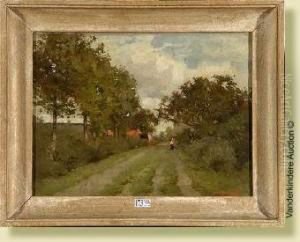
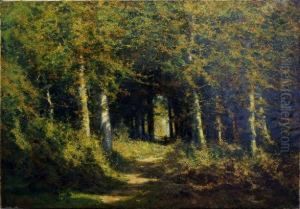
![[le Zwin]](https://www.niceartgallery.com/imgs/1356095/s/adolphe-jean-hamesse-le-zwin-c8cf0af5.jpg)
